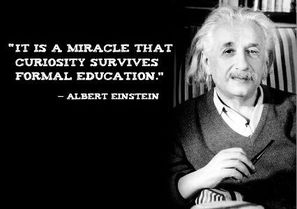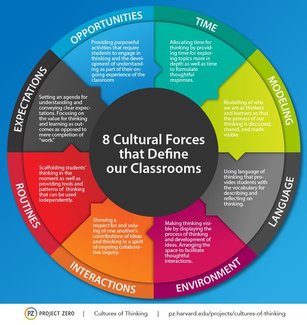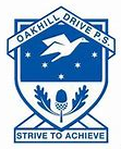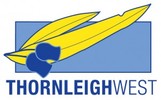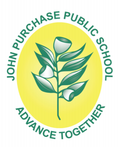|
Thornleigh West PS, 2017. The problem of practice:
In the Key Learning Areas of Science & Mathematics, are we ensuring that our students have regular opportunities to: be curious and pose questions, engage in authentic and visible learning, think critically and creatively, and collaborate and communicate with others to develop their understandings and ideas? |
WHY?
Two very thought-provoking articles about the imperative for change in our schools and curriculum from the NSW DoE Occasional Papers. "Notes on the Curriculum" by Marc Tucker, President of the US National Centre on Education and the Economy and "On Education in the 21st Century" by lecturer and futurist Richard Watson. |
CURIOSITY
READING #2: This second reading delves further into why curiosity is important for learning as well as discussing some general principles about how to develop it.
CRITICAL THINKING
CRITICAL THINKING RESOURCE 1: The statement from the Australian Curriculum, Critical and Creative Thinking opposite) also spells out the features of critical thinking.
CRITICAL THINKING RESOURCE 2: This fabulous resource from Victoria and the New Pedagogies for Deep Learning looks at what critical thinking is, how it can be assessed as well as other support materials and videos for teachers
|
CreaTIVE THINKING
CREATIVITY RESOURCE 1: The "Creative and Critical Thinking Statement from the Australian Curriculum spells out components of the creative thinking as well as providing expectations for students at each stage. Click here to download
Your browser does not support viewing this document. Click here to download the document.
WHAT? FOCUS ON ESSENTIAL QUESTIONS
Your browser does not support viewing this document. Click here to download the document.
|
|
CRITICAL THINKING READING 2: This reading by Kath Murdoch emphasises the point that teachers need to plan for the type of thinking they hope to elicit. Click here to download
Your browser does not support viewing this document. Click here to download the document.
CRITICAL THINKING READING/RESOURCE 3: A resource adapted from the Australian Curriculum created by the teachers of Epping North PS & Epping Height PS. Click here to download
Your browser does not support viewing this document. Click here to download the document.
|
CREATIVITY RESOURCE 2: Another fabulous resource from Victoria and the NPDL project covers what creativity is and how it can be assessed along with supporting resources and videos
CREATIVITY RESOURCE 3: There are lots of websites with practical ideas for incorporating creativity into your teaching. Here is one: "Twenty Ideas to Promote More Creativity in Your Classroom"
CREATIVITY RESOURCE 4: Highly respected educator, Susan Brookhart, discussed what creativity is and how it could be assessed in this short article.
Recently the OECD has started trials to assess creativity based on 5 key dispositions. Click here to download the report. COLLABORATION
COLLABORATION READING 1: The Partnership for 21st century learning has published summaries of research. This one explains why collaboration is a key skill and principles for teaching it. Click here to download
Your browser does not support viewing this document. Click here to download the document.
COLLABORATION RESOURCE 3: More from the NPDL project in Victoria. This resource describes what collaboration is, has a rubric for assessment and videos as well.
COLLABORATION RESOURCE 4: Another highly respected educator, Linda Darling-Hammond, reports research on what makes collaborative inquiry learning effective. Here are extracts from her article. Click here to download
COLLABORATION RESOURCE 5: The 21st Century Learning by Design Student Work Rubrics start with an explanation of collaboration - what it is and what it isn't and a rubric for assessing it. Click here to download
Your browser does not support viewing this document. Click here to download the document.
|
